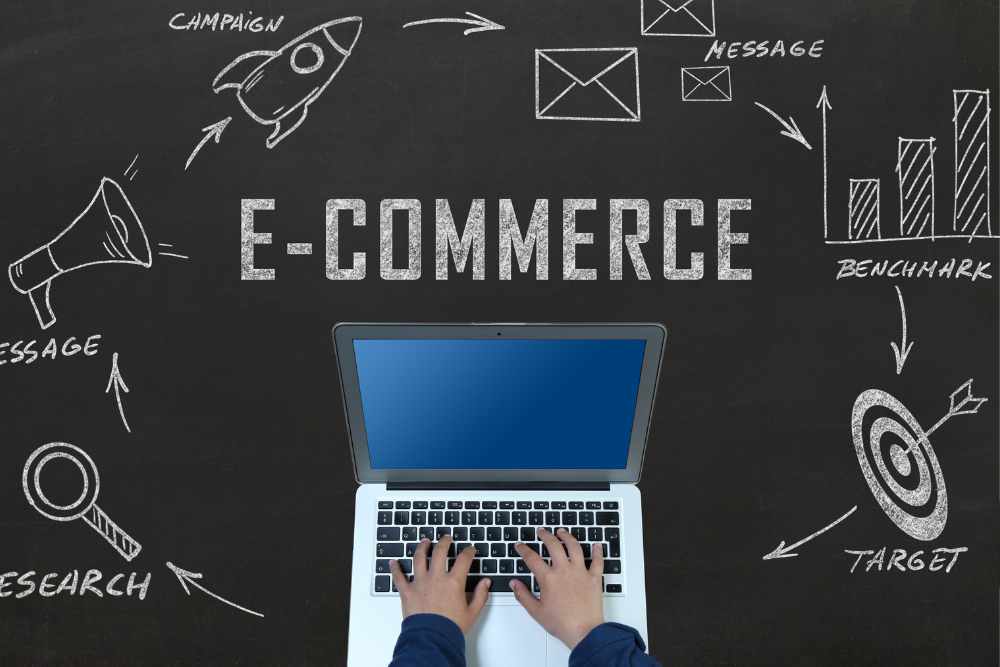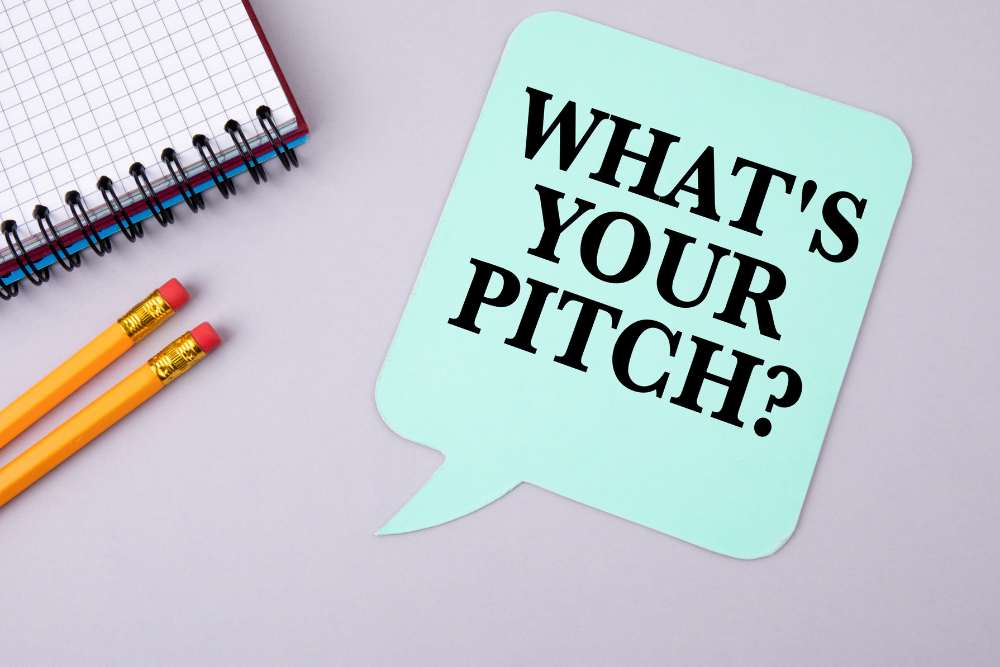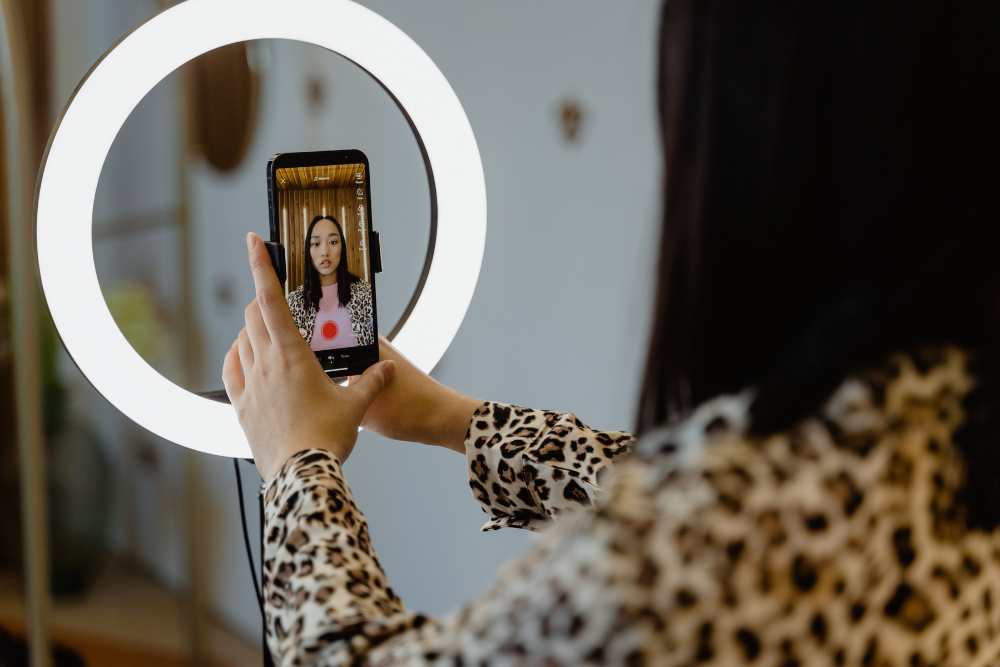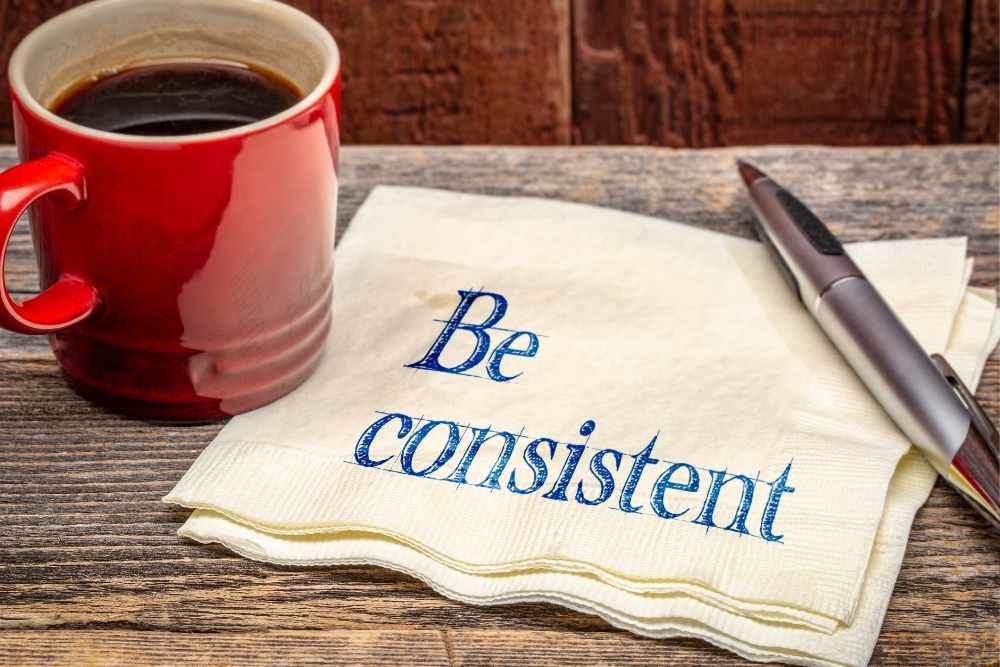In the world of e-commerce, traffic is currency – but trust is what converts. Paid ads can drive eyeballs. Discount codes might nudge carts. But a third-party endorsement from a credible media outlet is what makes customers lean in.
E-commerce brands face a core dilemma: how do you stand out without shouting? The answer, more often than not, lies in PR. PR is often the missing piece in the e-commerce playbook. It’s not as immediate as a sale or as trackable as a click – but when done well, it shapes perception, builds brand equity, and turns online stores into household names.
For Australian e-commerce brands, where community often trumps scale and authenticity cuts through louder than hype, a well-built PR strategy isn’t a luxury. It’s a growth lever, building something deeper – credibility, connection, and compounding value.
Step 1: Build the Foundation – What’s Your Hook?
The first question every e-commerce founder should ask before reaching out to any media outlet, influencer, or publication is: What makes this story worth telling?
Most e-commerce brands make the mistake of pushing the what (new product, launch, milestone), when they should be leading the why. A pitch isn’t a billboard – it’s an invitation into a bigger story.
The foundation of any good PR for e-commerce strategy is a strong angle. Think:
- The human reason your brand exists.
- What makes your product culturally or locally relevant.
- Surprising founder journeys or brand origin stories.
- Data or trends that support your impact.
- Unique angles around sustainability, social causes, or innovation.
Journalists, editors, and even influencers need context. They’re not here to promote you – they’re here to inform, inspire, or entertain their audience. Your job is to translate your brand into something relevant to that mission.
E-commerce PR Australia insight: Don’t underestimate the power of homegrown relevance. Australian editors and readers love a story that feels like it belongs here. Position your brand as “one of us”.
Step 2: Get Your Assets Ready Before You Pitch
If your product is ready to sell, it should also be ready to pitch. But media standards are high – and unless your brand materials meet the mark, your email’s likely to be left unread.
A strong e-commerce PR strategy always includes a tidy toolkit of ready-to-go content. Think of it as your “PR shelf” – things you can share immediately when a journalist shows interest.
Here’s the minimum to prep before launching:
- Press-ready product photography
- A brand bio that doesn’t sound like a sales deck
- Quote bank
- Founder bio + headshot
- Product fact sheet
- Brand fact file
Step 3: Build Your Hit List and Tailor the Pitch
This is where most e-commerce brands go wrong – they either spray their pitch to everyone or stick to mass-market publications without considering editorial fit.
There’s a difference between pitching your product and pitching your story. The first one might get a product listing. The second one gets a feature.
When building your media list, the rule is simple: relevance beats reach. There’s no one-size-fits all list. For PR for online stores, that means identifying publications where your customer already hangs out – or wants to be seen. Make your media list short, smart, and segmented. Then tailor your pitch to the audience each outlet serves.
By Category:
- Fashion: Vogue Australia, RUSSH
- Beauty: Body+Soul, Beauty Crew
- Design: The Design Files, EST Living
- Parenting: Mamamia, Kidspot
- Lifestyle: Urban List, Time Out
Don’t forget niche newsletters, Instagram curators, and even podcast hosts. E-commerce PR in Australia thrives on niche influence just as much as big media.
A strong pitch includes:
- A clear subject line.
- A short, sharp intro.
- One strong quote.
- Clear call to action.
Keep it short. Personalise the tone. Lead with the hook.
Step 4: Influencers Are Part of PR – But Not All of It
In 2025, influencers and PR aren’t separate worlds – they’re different expressions of the same idea: other people telling your story for you.
But here’s the nuance: influencers speak to communities. The press speaks to the public. Both matter, but they play different roles in your e-commerce PR strategy.
Here’s how to use influencer partnership as a strategic PR lever – without burning your budget or credibility.
- Start with shared values, not just followers count.
- Gift with intention.
- Encourage honesty and storytelling.
- Treat UGC like PR fuel.
- Think across channels – Instagram, TikTok.
PR for e-commerce isn’t just about attention. It’s about resonance. Use influencers to spark real conversations – not just clicks.
Check Out – From Instagram to Headlines: Turning Influencer Moments into PR Wins
Step 5: Don’t Just Land Coverage – Leverage It
The biggest missed opportunity in e-commerce PR Australia is what happens after you land the win. A great article or influencer post isn’t the endgame – it’s the spark. This is where the real impact of PR kicks in – not at the point of coverage, but in what you do next.
Think of every piece of coverage as a multiplier, and extend its life:
- Social media: Share the feature. USe captions that explain why this coverage matters. Use quotes to highlight. Tag the publication and the journalist.
- Email marketing: Take the feature as a great excuse to re-engage your list. Use it as a headline and build a story around it.
- Brand asset: Add media logos to line sheets and sell-in decks. Social proof turns browsers into buyers.
- Ad creative: Use press quotes in paid ads. It adds instant legitimacy and through the noise of “look at us” campaigns.
- Wholesale outreach: PR builds commercial trust, not just consumer awareness. Use your wins to strengthen your B2B relationships.
Step 6: Keep the Engine Running Year-Round
One of the biggest misconceptions about PR for online stores is that it’s a one-time burst. Sporadic PR doesn’t build reputation – it builds confusion. Consistency matters more than frequency. A smart e-commerce PR strategy should run all year, flexing around seasonal shifts, product launches, and cultural moments.
Map your year:
- Q1: New Year, back-to-school, wellness resets.
- Q2: EOFY offers, winter essentials, tax time tools.
- Q3: Spring launches, Father’s Day, gifting.
- Q4: Christmas, holiday shopping, end-of-year wrap-up.
That doesn’t mean sending a pitch every week. It means:
- Keeping relationships warm with editors and influencers.
- Watching the calendar for seasonal hooks.
- Sharing behind-the-scenes stories.
- Utilising small wins, tagging contributors.
- Using each media moment to tee up the next one.
- Creating content for journalists – data insights, customer stories.
E-commerce PR in Australia is most effective when it’s ongoing, not opportunistic. It builds familiarity – and in the media, familiarity breeds trust.
Also Read – The Evolving Role of PR in the Digital Age: Trends & Tips
PR Isn’t Optional – It’s Foundational
For e-commerce brands looking to last, PR is no longer a nice-to-have. It’s how you shape perception, stand for something, and earn attention without buying it. While SEO wins you visibility and paid media wins you clicks, PR wins you belief. And belief is what turns one-time shoppers into lifelong customers.
There’s no shortcut to great PR – but there is process. One that starts with a clear story, flows through well-chosen outlets and collaborators, and ends in credibility that clicks. PR in e-commerce isn’t about vanity metrics – it’s about building a brand that people trust, remember, and share.
The playbook is clear: the smartest brand is not ones with the best product. They’ll be the ones with the best story with a purpose – and making sure it’s heard.







